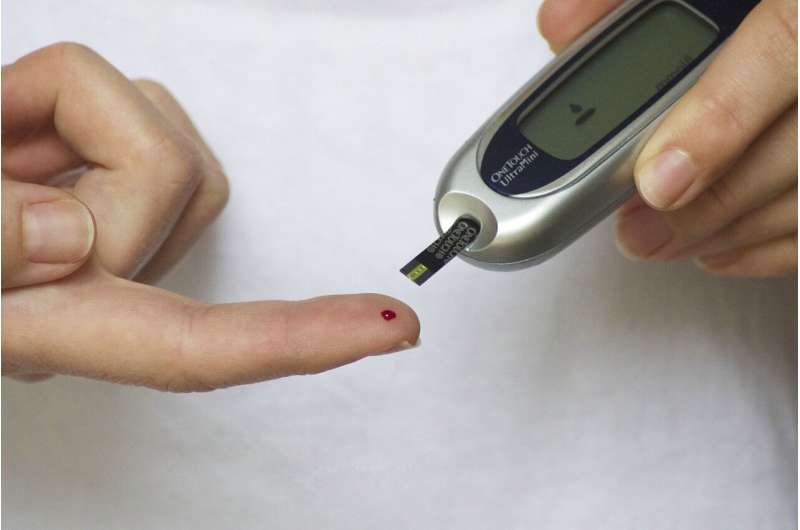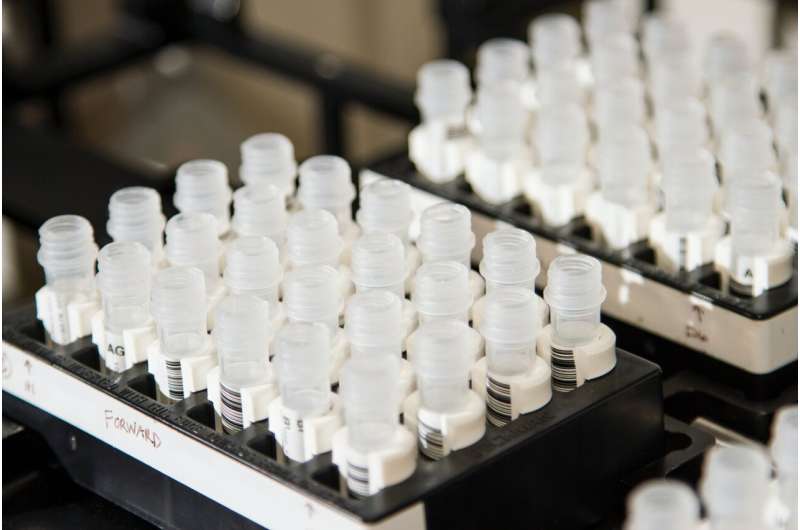Evolving Methods for Gestational Diabetes Testing in Pregnant Women

Australia introduces updated guidelines for gestational diabetes screening, focusing on targeted testing to improve outcomes and reduce unnecessary interventions in pregnant women.
In Australia, significant changes are underway in the way healthcare professionals screen pregnant women for gestational diabetes. These recent updates, released by the Australasian Diabetes in Pregnancy Society and published in the Medical Journal of Australia, aim to optimize detection, reduce unnecessary testing, and focus care on women most at risk. Over 280,000 pregnancies annually could be impacted by these new guidelines.
Gestational diabetes is characterized by elevated blood sugar levels that develop during pregnancy. While it often resolves postpartum, women diagnosed with this condition are at a substantially higher risk—at least seven times more likely—to develop type 2 diabetes later in life. Routine screening still involves an oral glucose tolerance test (OGTT) between 24 and 28 weeks of pregnancy, which requires fasting, followed by blood tests after consuming a sugary drink.
However, the new guidelines propose targeted screening strategies. Women with risk factors like obesity or previous pregnancies with large babies will undergo early testing in the first trimester using a simple blood test called HbA1c. In contrast to the previous approach, fewer women will be subjected to early OGTTs unless specific high-risk factors are present, such as a history of gestational diabetes or abnormal HbA1c levels.
Additionally, the diagnostic thresholds for blood glucose levels during the OGTT will be raised, emphasizing more precise identification of women who require intervention. These revisions are designed to streamline testing, reduce stress and stigma associated with diagnosis, and ensure that care and resources are directed to women and babies who need it most.
The revisions also recognize the importance of early detection to prevent adverse pregnancy outcomes such as macrosomia (large babies), difficult deliveries, cesarean sections, and conditions like pre-eclampsia. Furthermore, diagnosing gestational diabetes opens opportunities for postpartum support, including lifestyle modifications and diabetes prevention programs.
Women are encouraged to discuss these upcoming changes with their healthcare providers to understand how their screening and care plans might be adjusted. The goal of this new approach is to improve maternal and fetal health outcomes through more precise, risk-based screening strategies.
Stay Updated with Mia's Feed
Get the latest health & wellness insights delivered straight to your inbox.
Related Articles
One-Fifth of Home Health Agencies Halted Telehealth Services Post-Pandemic
A recent study shows that 19% of home health agencies have stopped using telehealth services after the pandemic, mainly due to lack of reimbursement and concerns over patient suitability. Learn more about current trends and policy implications.
Genetic Testing in Childhood Can Predict Obesity Risk
A new genetic test using polygenic risk scores can predict childhood obesity as early as age five, paving the way for targeted early interventions to prevent obesity later in life.
Novel Use of Virtual Escape Rooms Enhances Anatomy Education for Medical Students
Discover how virtual escape rooms are revolutionizing anatomy education for medical students by promoting engagement, critical thinking, and collaborative learning through innovative gamification techniques.
USPSTF Reaffirms Early Pregnancy Screening for Syphilis
The USPSTF has reaffirmed the importance of early syphilis screening in pregnancy to prevent congenital infections, emphasizing timely testing and treatment to improve maternal and infant health outcomes.



